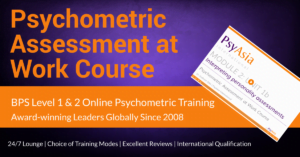May 14, 2021
Objectives: In dementia with Lewy bodies (DLB) recurrent visual hallucinations (VH) often coexist or occur consecutively to impaired visual perception. Since in-depth neuropsychological testing is time-consuming, and therefore, not routinely performed in clinical settings, we aimed to explore whether standard cognitive screening tests may be helpful to alert a clinician to the presence of VH in DLB by exploring association between visuo-spatial dysfunction and VH. Method: The clock drawing, cube, and pentagons copying items from Montreal Cognitive Assessment and Mini-Mental State Exam and nonmotor Hooper visual organization test (HVOT) have been scored in DLB patients with and without VH using traditional and extended scoring methods. Results: Forty-five of 69 (65%) DLB patients were VH-positive (VH+). VH+ patients performed worse on the clock drawing (8.8/16 vs. 11.9/16, p = .016) with a higher rate of misrepresentation of time (69% vs. 29%, p = .002) and numbers (53% vs. 25%, p = .024). Likewise, VH+ patients performed worse on the HVOT (13.3/30 vs. 15.7/30, p = .009) having more isolated (6.2/30 vs. 4.4/30, p = .012) types of responses compared to VH− patients. Both groups had similar copying ability (p > .05). The VH discriminative accuracy of the clock drawing was comparable to that of the more elaborate test of visual perception, the HVOT. Conclusions: In DLB impaired drawing and visual organization, but not copying ability is associated with the presence of VH. The simple clock drawing test can be helpful to alert a clinician to the possibility of VH in DLB. (PsycInfo Database Record (c) 2021 APA, all rights reserved)
Go to Source
Author:


